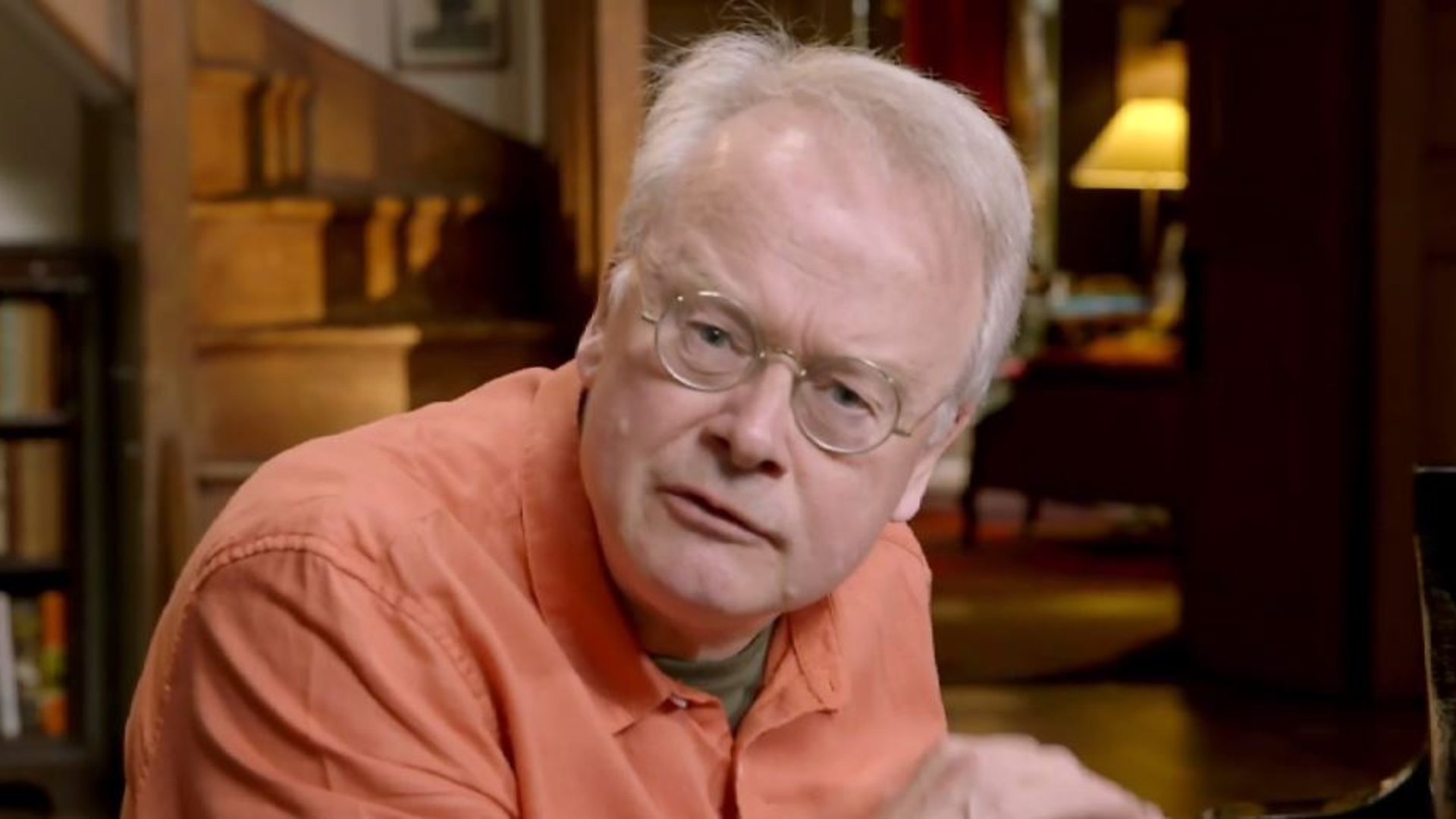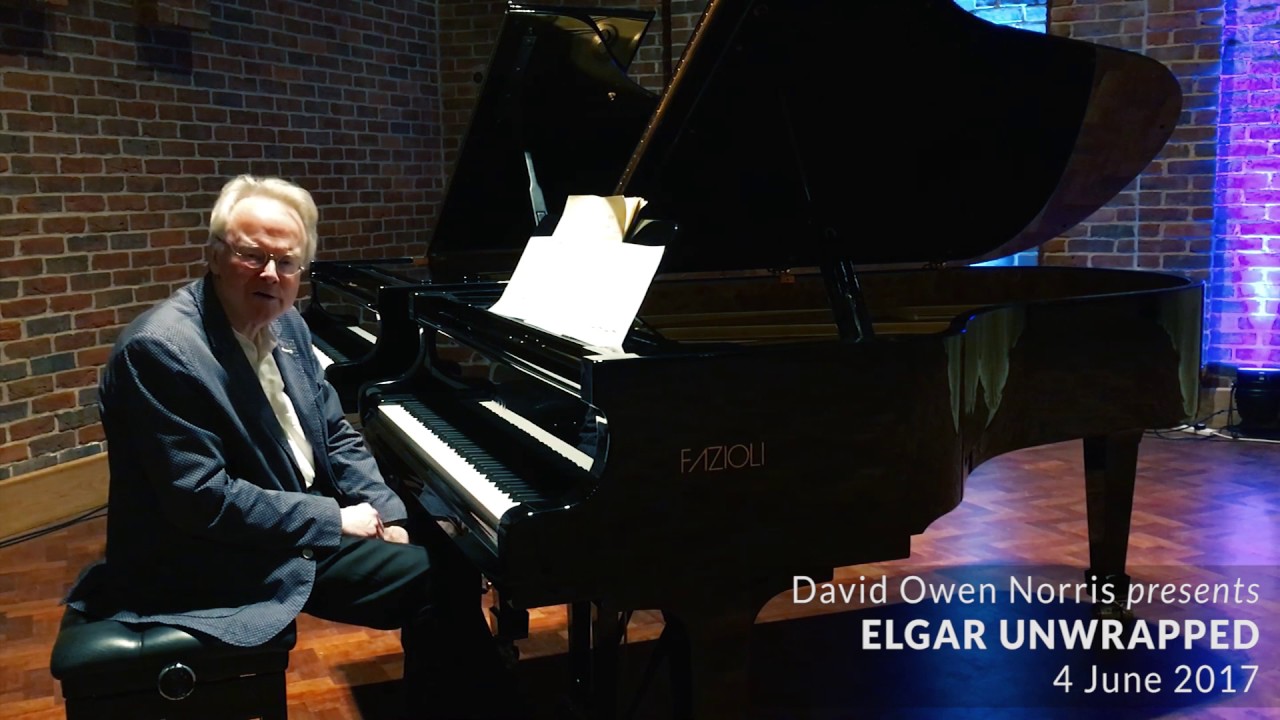Summer performances – on and off the air
Professor David Owen Norris describes his summer projects – a special post for all the students who think the staff are on holiday when term is over 🙂
Pianos & Premieres
The Geffrye Museum has very kindly decided to give us an 1812 Strecker grand pianoforte with divided pedal. This will fit very well with our other instruments with divided pedals – a Ganer Square of 1781, a Broadwood grand of 1828, and a Bechstein of 1902. It’s a now-forgotten device which was very important in its day. Musicians who discover it, especially composers, are always fascinated by it. Much more use than the sostenuto pedal.
In July I’ll be taking a square piano to Chawton to give a concert in honour of Nancy Storace, Mozart’s first Susanna, who died in 1817. So did Jane Austen and Mme. de Stael, and there’s a great conference about them at Chawton House Library, which will form the setting for our concert on 14 July at Chawton Church. I’m working with students from Southampton and from the RNCM, and we’ll be giving the British premiere of a newly discovered piece by Mozart, and the modern premiere of Thomas Billington’s setting of Gray’s Elegy.

TV & Radio
I’m about to record my seven Chords of the Week – always an enjoyable part of my summer. They slot into BBC2’s PromsExtra on Saturday evenings through the Proms season. I choose a chord from the week’s televised concerts, and then I put it in context, playing bits on the piano to show how it all works. Much more work than you might think – I try my scripts out on a variety of guinea-pigs, and at present I’m on my sixth draft. Yesterday I videoed my rehearsals, and today I watched them through again and again as I ironed my seven shirts for location filming tomorrow (all colour-coded to each piece). Trimmed the script here and there to deal with final timing issues. Half a million people watch PromsExtra, so it’s important to get it right.
A couple more television things are looming up, as soon as I’ve finished Chord of the Week. I’m contributing to a film about the friendship between Holst and Vaughan Williams. I’ve suggested to the conductor Barry Wordsworth that we might compare how the opening of Holst’s Egdon Heath sounds on cellos as well as on the sky-high double basses that Holst actually prescribes. It’s one thing to tell people what the effect of the double-basses is, but much better television to say ‘here’s what would have been the obvious thing to do’ (cellos at the same pitch), and now ‘here’s the scary unheard-of thing that Holst actually wanted’.
Then for the LSO’s first concert with Sir Simon Rattle, I’m making a short film about the Enigma Variations. All the other composers in the concert are alive, so they’re making their own films. I’m rather flattered to be Sir Edward’s representative on earth, as it were! Luckily, I’ve just done an Elgar Unwrapped on Enigma in the Turner Sims for Robin Browning and his Southampton orchestra, Són, so I’m all up to speed.

Then I’m doing five Prom intervals for radio, on birdsong, aspects of orchestration, and so on. The most elaborate will be on the Dresden Amen, attributed to Naumann. It’s surprisingly difficult to find the original, but looking for it has been instructive. Most of its uses aren’t Amens at all, if we think of an Amen as a plagal cadence. Mendelssohn presents it as an imperfect cadence. Wagner has it both ways, of course. Mahler merely borrows the melodic line, but without the characteristic repeated note. The key to the Dresden Amen is the passing use of the second inversion of the dominant seventh, and as it happens, this is common in Naumann’s songs. I could get very technical on this, if I’m not careful. It will all culminate in a quasi-hip-hop dance track based on the Amen. Very Southampton.

